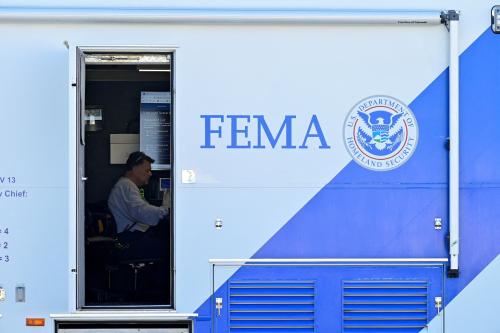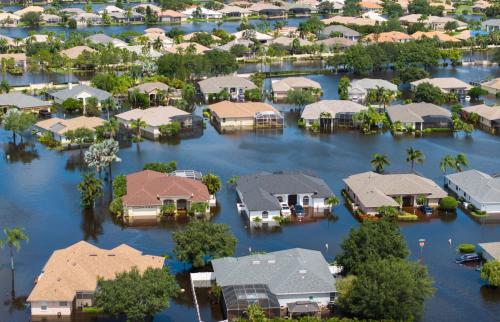ABSTRACT
Of the many regulatory responses to climate change, cap-and-trade is the only one currently endorsed by large segments of the scientific, economic and political establishments. Under this type of system, regulators set the overall path of carbon dioxide (CO2) reductions, allocate or auction the appropriate number of emissions allowances to regulated entities and – through trading – allow the market to converge upon the least expensive set of abatement opportunities. As a result, the trading price of allowances is not set by the regulator as it would be under a tax system, but instead evolves over time to reflect the underlying supply and demand for allowances. In this paper, I develop a simple theory that relates the initial clearing price of CO2 allowances to the marginal cost premium of carbon-free technology, the maximum rate of energy capital replacement and the market interest rate. This theory suggests that the initial clearing price may be lower than the canonical range of CO2 prices found in static technology assessments. Consequently, these results have broad implications for the design of a comprehensive regulatory solution to the climate problem, providing, for example, some intuition about the proper value of a possible CO2 price trigger in a future cap-and-trade system.
The Brookings Institution is committed to quality, independence, and impact.
We are supported by a diverse array of funders. In line with our values and policies, each Brookings publication represents the sole views of its author(s).


